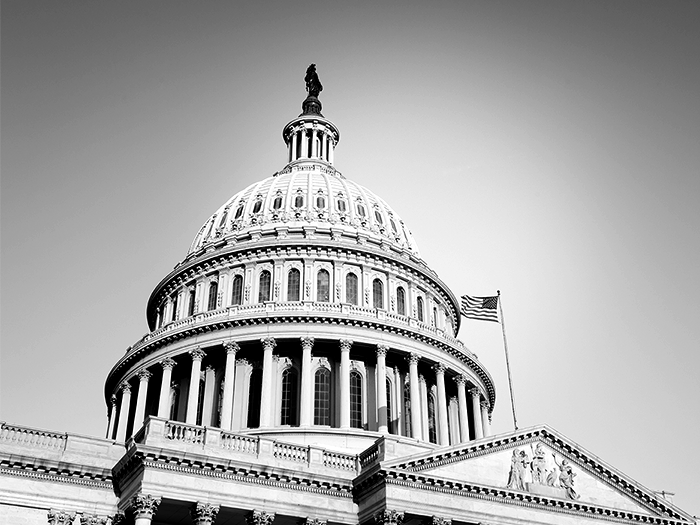What You Should Know: Coronavirus Aid, Relief, and Economic Security (CARES) Act

The Basics:
- Signed into law March 27 - $2 trillion emergency fiscal stimulus package
- Provides increased cash flow for individuals & small businesses
- Provides tax benefits for individuals & small businesses
- $454 billion in emergency lending to:
+ states and municipalities
+ airlines & other businesses critical to US national security
- $150 billion to states to offset amounts used to respond to the pandemic.
Provisions to Individuals
One-Time Checks: | - Individuals who had up to $75,000 in adjusted gross income in 2019 will receive a one-time payment of $1,200
- Married couples with AGI up to $150,000 will get $2,400
- Taxpayers will receive an additional $500 for each qualified child
- Individuals and families with income above their respective thresholds will see their relief payments reduced by $50 for every $1,000 in AGI.
|
Retirement Accounts: | - Elimination of the early withdrawal penalty on coronavirus-related distributions up to $100,000 from retirement accounts
- Distributions paid back over 3 years will satisfy the eligible rollover rules normally applicable.
- Distributions not repaid are includable in taxable income, spread equally over a three year period
- Suspension of required minimum distributions (RMDs) in 2020 for a wide variety of retirement accounts (for both account owners as well as beneficiaries) as well as the ability to return current-year distributions
- An increase in the amount of allowable loans from qualified retirement plans from $50,000 to $100,000.
|
Unemployment benefits expanded: | |
Provisions for Small Business (up to 500 employees):
Expansion of SBA Loans, ie. Paycheck Protection Program (PPP): | - Expansion of SBA loan program, providing loans to offset payroll costs and other expenses during the coronavirus pandemic
- Maximum loan amount = lesser of (a) Average of total monthly payroll costs for prior year multiplied by a factor of 2.5 plus any Economic Injury Disaster Loan proceeds received or (b) $10M
- Potential for special loan forgiveness (all or partial) for payments made to cover payroll, rent, mortgage interest, utilities, and other expenses.
Loan proceeds allowed to compensate for: payroll costs, continuation group health benefits, interest portion of mortgage payments, rent, utilities, and other interest on other debt obligations originating prior to Feb 15, 2020.
|
Employee Retention Tax Credit: | - Tax credit for eligible employers equal to 50% of "qualifying wages"
- Eligible employers: either fully or partially suspended operations, as the result of government ordered coronavirus business restrictions; or where gross receipts decreased by more than 50 percent compared to the same calendar quarter in 2019.
- Qualifying wages: wages paid after Mar 12, 2020 and before Dec 31, 2020 to employees when they are not able to perform services as a result of the suspension of operations or decrease in business/receipts.
- Credit is claimed against the employer portion of social security taxes (not Medicare taxes).
|
Deferred Federal Payroll Tax Payments: | - The employers portion of social security payroll taxes may be deferred.
- Half of the deferred taxes will be due Dec 31, 2021, with the remaining balance due Dec 31, 2022.
|
Correction of the Qualified Improvement Property (QIP) Depreciation: | - A technical correction to the Tax Cuts and Jobs Acts (TCJA)
- Ability to file an amended return for an immediate cash refund of costs related to property improvements, known as Qualified Improvement Property (QIP)
- Each dollar of QIP placed in service since 2018 could potentially generate a refund in excess of forty cents.
- Improvements must be to an existing building, must be to the interior of the building, and must not be related to an enlargement of the building.
|
Flexible Net Operating Loss (NOL) Rules: | |
Expert Resources & White Papers...
For additional reading on the CARES Act, please use our the source links below:
